 Thanks to Professor Tina Loo (Chair of the Department of History at The University of British Columbia, and an environmental historian), I was alerted to a feature in The Economist on sanitation in India, suggesting that changes in defecation practices and not only access to toilets was important. First of all. I think we all who study sanitation governance owe Rose George, author of The Big Necessity, TED speaker and a fantastic journalist who only writes books on topics that start with S (as per her own admission), a debt of gratitude. I think Rose George has contributed enormously to popularizing “Talking Shit” and bringing the world’s interest on sanitation. Not everybody has the dignity of a toilet, and more than a million people still defecate in the open and thus we need to focus on this as an actual environmental and humanitarian crisis.
Thanks to Professor Tina Loo (Chair of the Department of History at The University of British Columbia, and an environmental historian), I was alerted to a feature in The Economist on sanitation in India, suggesting that changes in defecation practices and not only access to toilets was important. First of all. I think we all who study sanitation governance owe Rose George, author of The Big Necessity, TED speaker and a fantastic journalist who only writes books on topics that start with S (as per her own admission), a debt of gratitude. I think Rose George has contributed enormously to popularizing “Talking Shit” and bringing the world’s interest on sanitation. Not everybody has the dignity of a toilet, and more than a million people still defecate in the open and thus we need to focus on this as an actual environmental and humanitarian crisis.
I have to admit that when I read the piece, I thought that it was stating the obvious. I’ve written variants of this argument before. You can’t change sanitation if you only focus on one aspect of the problem. Along the same lines of reasoning, I’ve also explained how we can’t just focus on one component of sanitation. We have to look at the complexity of the sanitation issue, not simplify it.
In fact, the point of the piece from what I can read, is that in addition to mentioning how important it is to increase sanitation coverage by building more latrines and giving access to toilets to individuals in countries where open defecation is still practiced, it is even equally important to change behavior of individuals who practice open defecation (as a campaign in India is already doing).
The one caveat and what made me a bit squeamish is that Diane Coffey’s research (Coffey is a PhD student at Princeton whose paper is cited in the article) is not interpreted in The Economist’s piece the way it actually is intended toI had a chance to communicate with one of the author’s, Diane Coffey. Thus I am correcting my blog post to refer this conversation. In fact, the work I read from Coffey (linked above, on open defecation on hemoglobin) wasn’t the work the author of The Economist’s piece was referring to.
In our email conversation, Coffey indicated that
The basic notion is that rural India is a special case — that there are important pull factors that make people want to defecate in the open (notions of a wholesome rural life) and push factors (rooted in notions of ritual purity and pollution) that make people not want to use affordable latrines. The beginning makes the argument that north India is different from the rest of the world on rural sanitation — and the end shows that because of purity and pollution, people make very different latrines than in other parts of the world.
In the hemoglobin paper, which is the one I had read and wrongly linked to,Coffey‘s paper argues that there is a direct (and potentially negative) relationship between open defecation and levels of hemoglobin (much like the relationship between stunting and lack of access to sanitation). Coffey calls attention to the need to focus randomized control trials (RCTs) efforts on this particular causal relationship. She also calls for policy makers to pay MORE attention to sanitation.
What I have called for, and Coffey’s work contributes to this request of mine, is for policy makers to understand that solving the global sanitation crisis requires us to look at ensuring better menstrual hygiene management, at toilet-building technologies, at increasing access to toilets and latrines, at improving the sanitary conditions in vulnerable communities and developing nations, and ALSO at changing individuals’ behaviors. Ensuring that those who defecate in the open “by tradition” or “by customary action” are also able to relieve themselves through the dignity of a toilet is important, because as several authors have discussed, having access to sanitation is one important (not the only one!) step towards solving the global sanitation crisis.
But what I fear people may forget is that open defecation is not solely a cultural practice (as The Economist piece would seemappeared to imply), but largely a practice undertaken for lack of access. Because not everyone has the dignity of a toilet. Because more than a billion people don’t have access to proper ways to deal with one of the most basic human needs. However, finding out more about Coffey and her coauthors’ work where cultural practices play a more central role in adoption of sanitation practices that stray away from open defecation has made me pause and think about how this case (rural north India) may indeed, as Coffey and her coauthors’ indicate, be an exception to the general rule. I argue, however, that generally speaking, cultural practices aren’t the only factor, and that we need to also consider access to latrines and toilets. Yet the work of Coffey and coauthors opens new avenues for research that consider the centrality of culture as the foundation for an explanatory framework on policies to address open defecation, at least in the region that they study.
Think about it.
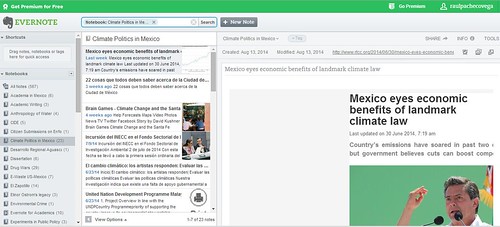
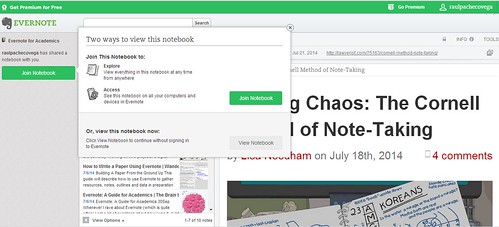


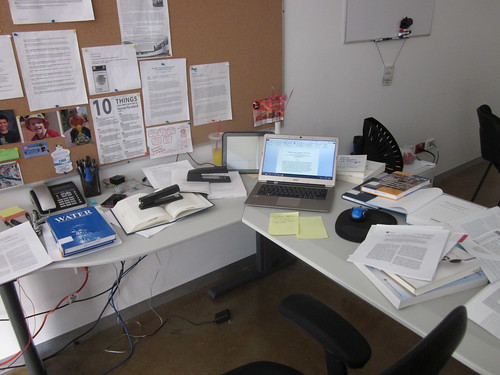
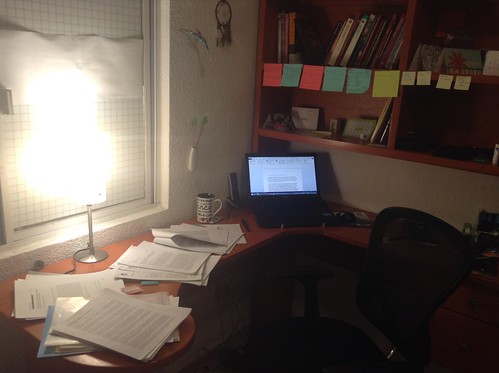
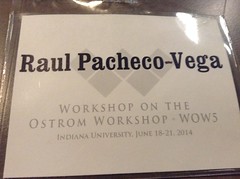
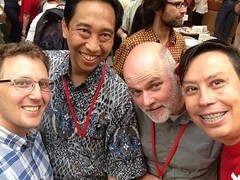
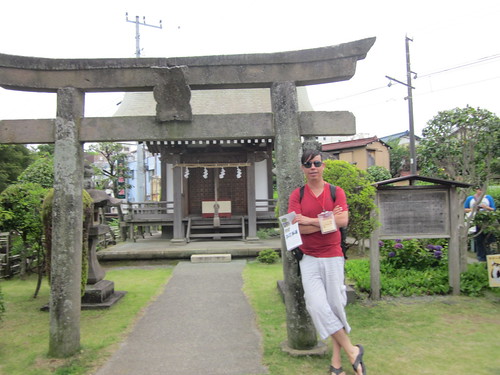
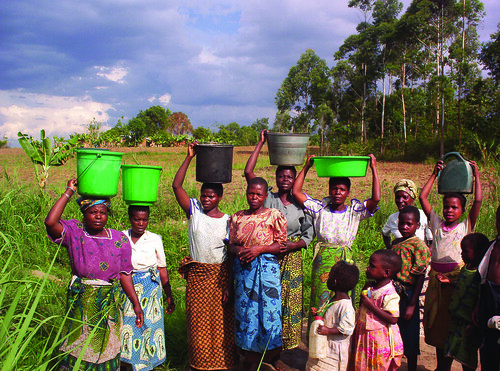
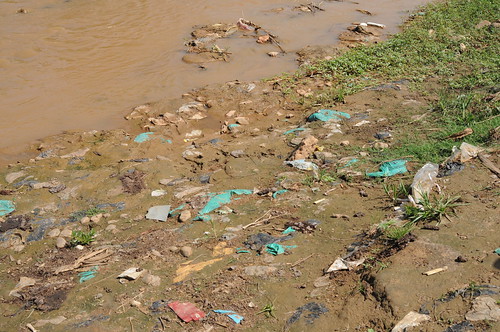
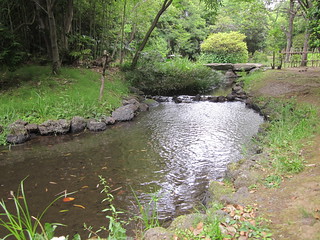

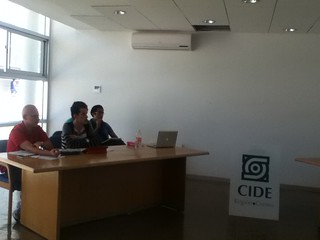

Recent Comments